Revolutionary Molecular Jackhammers: A 99% Success Rate in Eradicating Cancer Cells
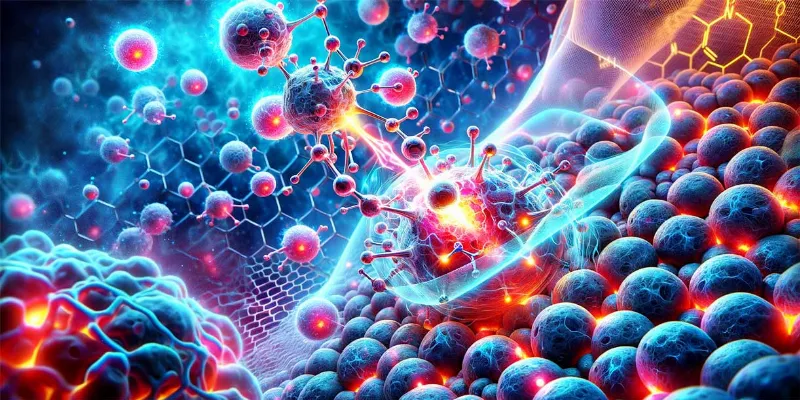
29 December 2023
Scientists have developed 'molecular jackhammers' – a novel cancer treatment method utilizing the vibrational properties of aminocyanine molecules. When activated by near-infrared light, these molecules effectively rupture cancer cell membranes, demonstrating a 99% success rate in lab cultures and significant effectiveness in mouse models.
In a groundbreaking development in cancer research, researchers from Rice University, Texas A&M University, and the University of Texas have introduced a novel method to combat cancer cells, termed 'molecular jackhammers. Their research, recently published in Nature Chemistry, reveals a technique that utilizes the unique vibrational properties of aminocyanine molecules, commonly used in medical imaging, to destroy cancer cells with remarkable efficiency. This groundbreaking approach offers a promising new non-invasive cancer treatment with deep tissue penetration capabilities.
The concept of molecular jackhammers stems from the ability of these molecules to vibrate intensely when stimulated with near-infrared light. This light-induced vibration causes the cell membranes of melanoma cells to rupture, leading to their destruction. Remarkably, this method has demonstrated a 99% efficiency against lab cultures of human melanoma cells and achieved 50% tumor-free efficacy in mouse models for melanoma.
The research, led by Rice University's chemist James Tour, reveals a significant advancement over the previously developed Feringa-type motors. This capability opens new avenues for treating cancers located in bones and deep organs, potentially eliminating the need for invasive surgeries.
“It is a whole new generation of molecular machines that we call molecular jackhammers. They are more than one million times faster in their mechanical motion than the former Feringa-type motors, and they can be activated with near-infrared light rather than visible light. Near-infrared light can go as deep as 10 cm into the human body as opposed to only half a cm, the depth of penetration for visible light, which we used to activate the nanodrills,” said Rice chemist James Tour, whose lab has previously used nanoscale compounds.
The mechanics of molecular jackhammers involve the whole-molecule vibration of aminocyanine molecules, forming a plasmon when exposed to near-infrared light. These molecules are biocompatible, stable in water, and have a natural affinity for attaching to the lipid bilayer of cell membranes. Their structure, which includes a near-symmetrical form with an anchoring arm, allows for precise targeting of cancer cells.
The study highlights the uniqueness of this approach, which is distinct from conventional photodynamic and photothermal therapies. The molecular jackhammers operate through a mechanical action that is not reliant on the generation of heat or reactive oxygen species, thereby reducing potential side effects.
“What needs to be highlighted is that we’ve discovered another explanation for how these molecules can work. This is the first time a molecular plasmon is utilized in this way to excite the whole molecule and to actually produce mechanical action used to achieve a particular goal ⎯ in this case, tearing apart cancer cells’ membrane. This study is about a different way to treat cancer using mechanical forces at the molecular scale,” said Ciceron Ayala-Orozco, a Rice research scientist who is a lead author on the study.
This innovation, as described by Texas A&M University's quantum chemist Jorge Seminario and University of Texas's Dr. Jeffrey Myers, marks a significant leap in cancer treatment methodologies. By exploiting the mechanical forces at the molecular scale, the molecular jackhammers present a new, potentially more effective way to treat cancer, offering hope for more efficient and less invasive cancer therapies in the future.
Abstract of the research
Molecular jackhammers eradicate cancer cells by vibronic-driven action
Abstract: Through the actuation of vibronic modes in cell-membrane-associated aminocyanines, using near-infrared light, a distinct type of molecular mechanical action can be exploited to rapidly kill cells by necrosis. Vibronic-driven action (VDA) is distinct from both photodynamic therapy and photothermal therapy as its mechanical effect on the cell membrane is not abrogated by inhibitors of reactive oxygen species and it does not induce thermal killing. Subpicosecond concerted whole-molecule vibrations of VDA-induced mechanical disruption can be achieved using very low concentrations (500 nM) of aminocyanines or low doses of light (12 J cm−2, 80 mW cm−2 for 2.5 min), resulting in complete eradication of human melanoma cells in vitro. Also, 50% tumour-free efficacy in mouse models for melanoma was achieved. The molecules that destroy cell membranes through VDA have been termed molecular jackhammers because they undergo concerted whole-molecule vibrations. Given that a cell is unlikely to develop resistance to such molecular mechanical forces, molecular jackhammers present an alternative modality for inducing cancer cell death.





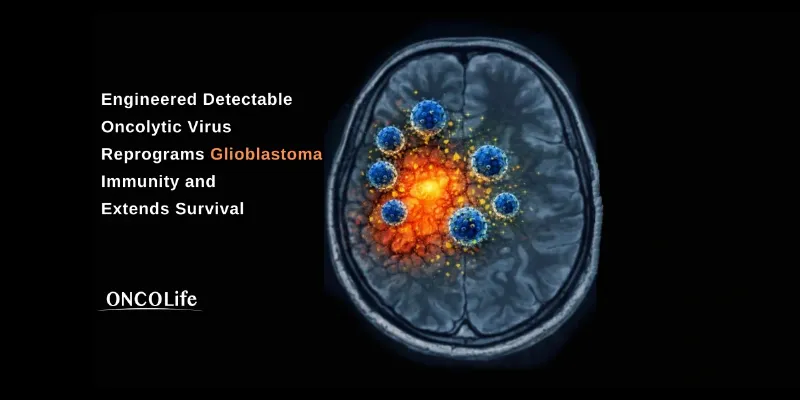
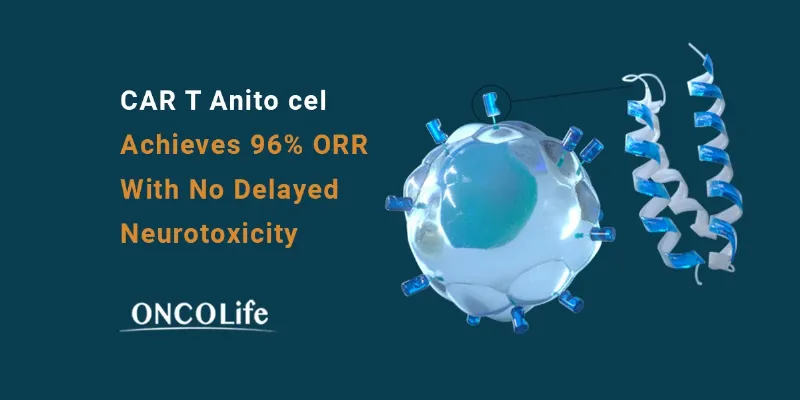


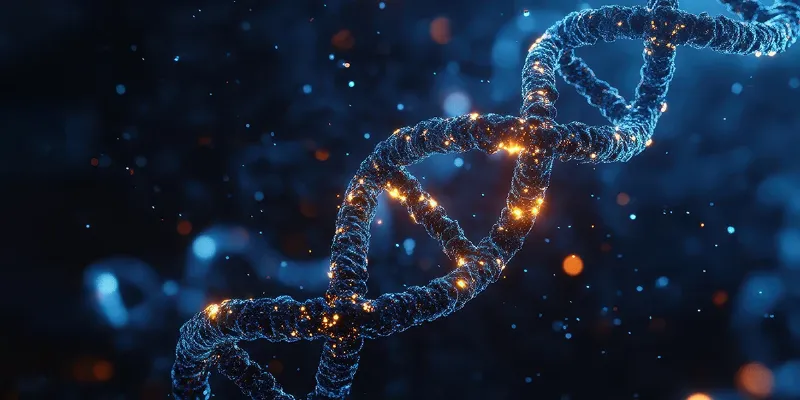
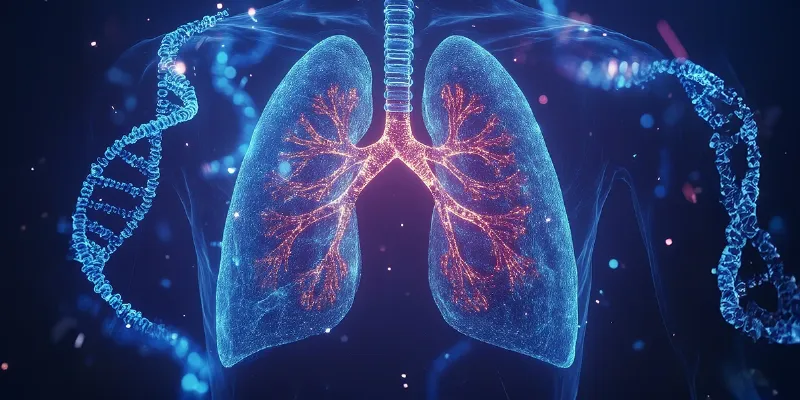
Comments
No Comments Yet!